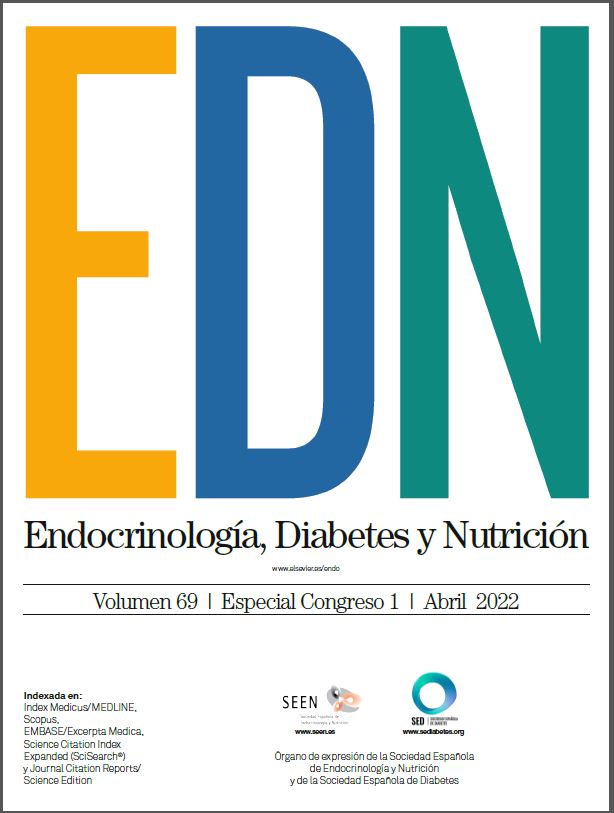CO-017 - GENOME-WIDE CRISPR SCREENS IDENTIFY THERAPEUTIC TARGETS FOR HNF1A-DEFICIENT DIABETES
aCentre for Genomic Regulation (CRG), Barcelona, Spain. bImperial College London, London, United Kingdom.
Introduction and objectives: HNF1A encodes a transcription factor required for glucose-stimulated insulin secretion in human pancreatic β-cells. Heterozygous mutations in HNF1A cause haploinsufficiency and lead to monogenic early-onset diabetes. Moreover, hypomorphic variants in HNF1A and altered HNF1A function have been associated with increased risk of type 2 diabetes. Therefore, stimulating the expression of the wild-type HNF1A allele represents a potential therapeutic strategy in such patients. However, upstream mechanisms that regulate HNF1A in human adult β-cells remain unclear. We aim to identify candidate genes and pathways that control the expression of HNF1A.
Material and methods: We performed two genome-wide loss-of-function and gain-of-function CRISPR screens in a human β-cell line carrying a tdTomato reporter knocked into HNF1A (EndoC-bH3 HNF1A/tdTomato). This reporter line allows modelling of clinical HNF1A haploinsufficiency as well as measuring the endogenous levels of HNF1A using a fluorescent readout. EndoC-bH3 HNF1A/tdTomato were transduced with lentiviral human CRISPR KO and CRISPRa libraries targeting all human genes with several sgRNAs. After selection, cells were sorted according to their tdTomato intensity of fluorescence. MAGeCK was used to calculate enrichment of sgRNAs in the Tomato-Low and -High populations and to select candidate genes that regulate HNF1A.
Results: We observed a high concordance between the two genetic screens. The CRISPRa screen identified 56 candidate activators and 26 candidate repressors of HNF1A at high confidence thresholds (p < 0.001). The CRISPR KO screen uncovered 31 putative activators and 12 repressors of HNF1A (p < 0,001). Several top candidates were validated individually in EndoC-bH3 cells by qPCR of HNF1A and some of its transcriptional targets. Functional analyses revealed an enrichment of selected pathways among candidate HNF1A activators and repressors.
Conclusions: Using an unbiased genetic approach, we have interrogated the whole genome of human pancreatic β-cells to find genes and pathways that potentially regulate HNF1A. Validations in stem-cell-derived islet models and in primary human islets are ongoing to confirm these findings. Integration of these genetic screens with two high-throughput chemical screens will further advance our understanding on core genetic pathways critical for human β-cell function, and pave the way for new precision medicine strategies to treat monogenic diabetes.







